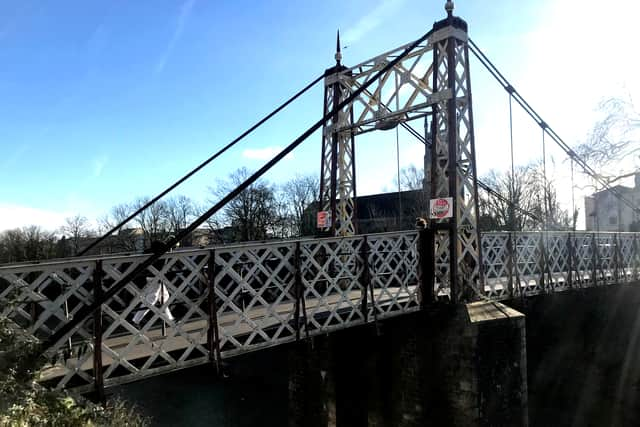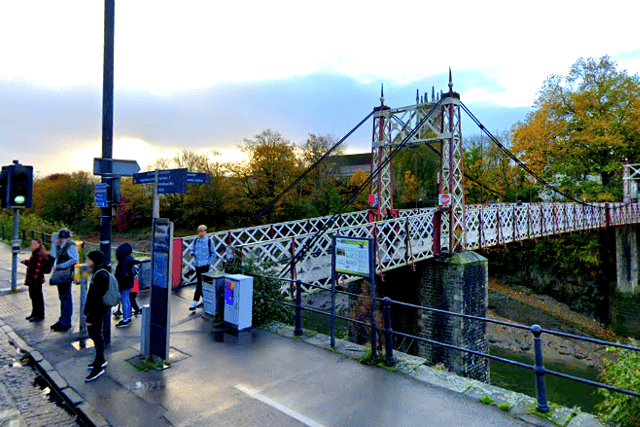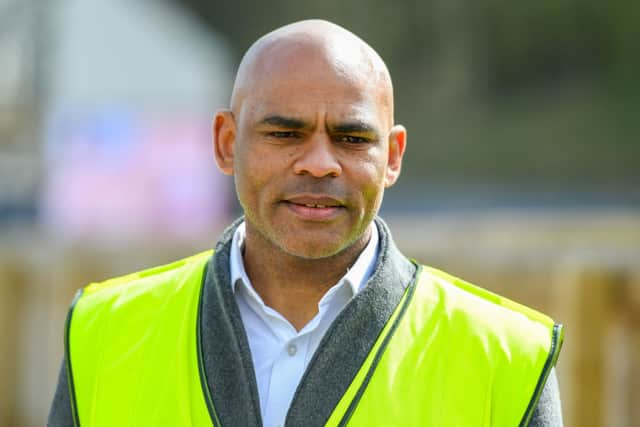Gaol Ferry Bridge: ‘No way around’ closure despite fears Wapping Wharf shops will be ‘devastated’, says mayor
and live on Freeview channel 276
The mayor of Bristol has responded to concerns that plans to close Gaol Ferry Bridge will ‘devastate’ businesses that rely on trade from thousands of people who use it to cross into Wapping Wharf each day.
When BristolWorld visited Wapping Wharf this week, traders told us they expected to suffer a drop in trade when the bridge closes in April for repair and safety works.
Advertisement
Hide AdAdvertisement
Hide AdThe bridge is one of only two pedestrianised bridges over the Avon New Cut and a key route for people travelling from Bristol into the city centre.


The closure plans sparked calls from some shopkeepers for a temporary crossing to be installed to minimise the impact on dozens of independent shops and eateries that line Wapping Wharf.
But at a press briefing this afternoon (Wednesday, February 2) Bristol mayor Marvin Rees said that would be ‘a feat of engineering in itself’.
He added: “Gaol Ferry Bridge will close in April and there are no plans to put a temporary bridge up in its place.
Advertisement
Hide AdAdvertisement
Hide Ad“There are some elements of infrastructure in the city that are like a car that hasn’t been serviced.


“The latest owner picks it up and find out there’s actually a lot of work that needs doing, whether that be the Chocolate Path or Gaol Ferry Bridge.
“We need to work on the bridges, there’s no way around it, otherwise they will be unsafe and we can’t use them.
“Of course there will be inconvenience, but this about making sure the bridge will continue to be a safe crossing for Bristol people and keep us connected.”
Advertisement
Hide AdAdvertisement
Hide AdMr Rees said that the Council were doing ‘a lot’ to support high streets and shopping centres across the city and that the authority would work with the Wapping Wharf businesses to support them during the closure.


He added: “This comes within an overarching piece of work to do with us building on brownfield sites in the middle of the city.
“It is about the housing crisis and travel efficiency, but it’s also about bringing people to live next to businesses as a customer base.
“When we think about our design for the city everything is oriented towards protecting high streets, town centres and economic hubs.”
Comment Guidelines
National World encourages reader discussion on our stories. User feedback, insights and back-and-forth exchanges add a rich layer of context to reporting. Please review our Community Guidelines before commenting.
